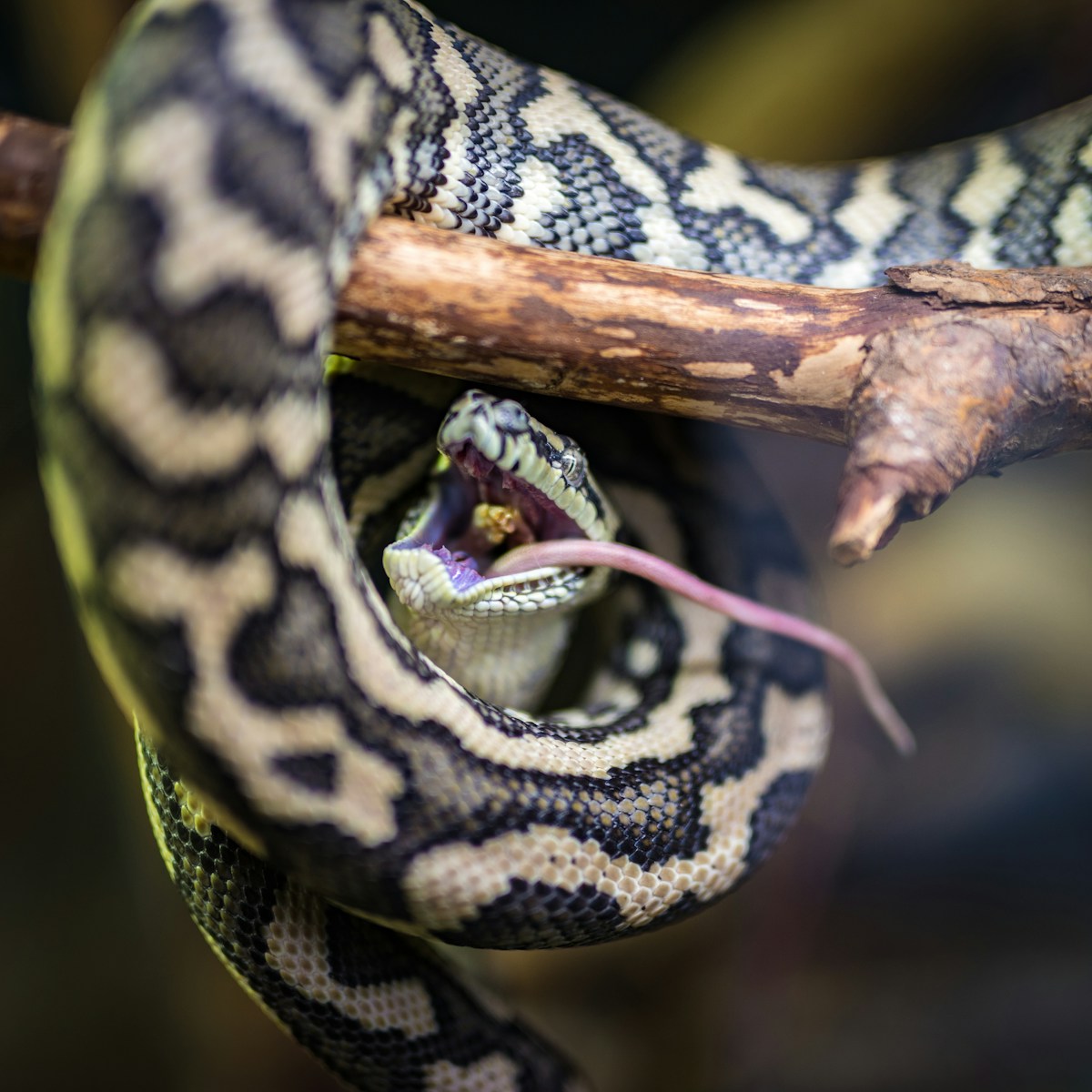In the complex world of venomous creatures, snakes stand out as remarkable predators equipped with sophisticated venom delivery systems. Perhaps one of the most fascinating aspects of snake venom is not just its potent ability to immobilize prey or defend against threats, but the surprising discovery that certain snake species can modulate the potency of their venom depending on the situation. This phenomenon, known as venom metering or venom control, represents an evolutionary marvel that helps these reptiles conserve energy, adapt to different prey types, and navigate complex ecological interactions. Through advanced research techniques and careful observation of snake behavior, scientists have uncovered the mechanisms behind this ability and its significance in understanding the evolution of venomous systems in the animal kingdom.
The Evolutionary Purpose of Venom Control
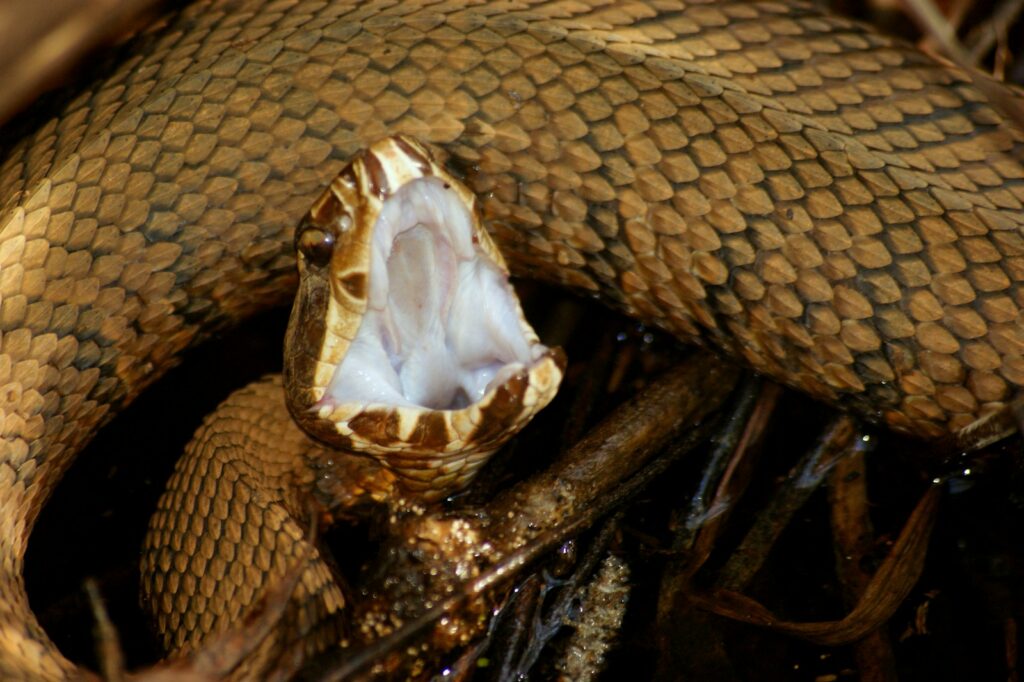
Venom production requires significant metabolic resources for snakes, making it an energetically expensive substance to produce and replace. By controlling the amount and potency of venom injected during a bite, snakes can optimize their resource allocation, ensuring they don’t deplete their valuable venom reserves unnecessarily. This evolutionary adaptation allows venomous snakes to maintain sufficient venom for multiple encounters, whether for hunting multiple prey items or defending against successive threats. Furthermore, venom control represents a sophisticated solution to the competing demands of predation and self-defense, allowing snakes to respond appropriately to different situations without compromising their survival. The ability to meter venom also suggests that these reptiles possess a level of cognitive assessment capability when evaluating threats and hunting opportunities.
How Venom Metering Works
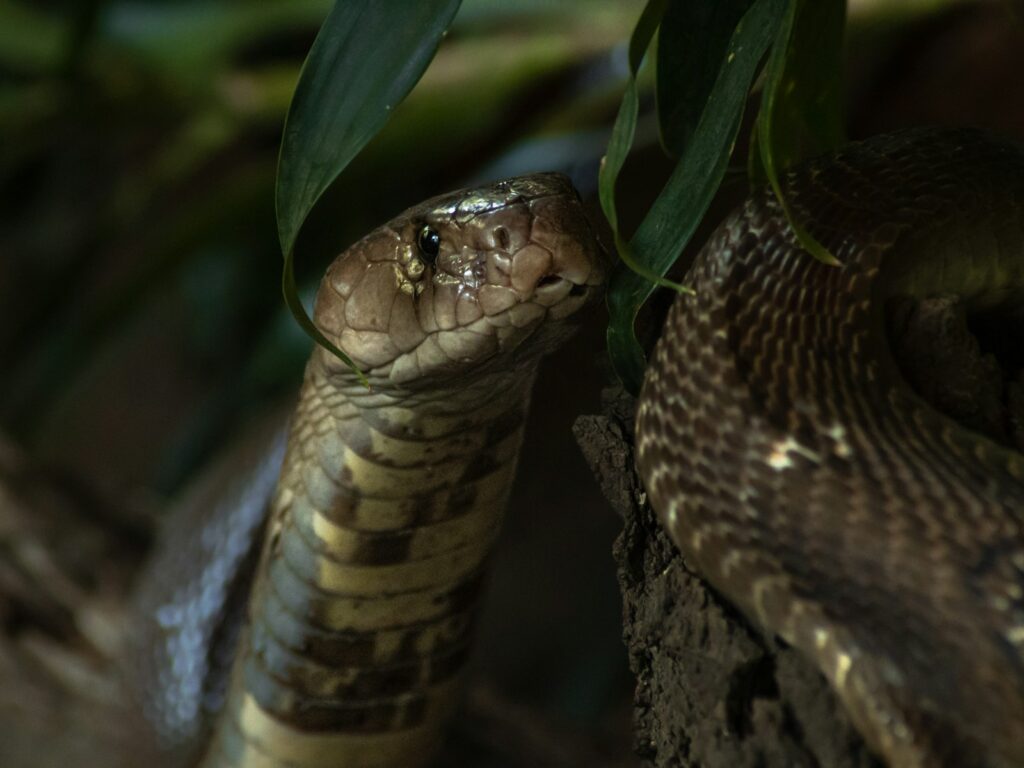
Venom metering operates through specialized muscular control of the venom glands and delivery apparatus. When a snake decides to bite, it can contract the muscles surrounding its venom glands with varying degrees of force, effectively controlling how much venom is expelled. Some species can even deliver what’s known as a “dry bite,” where they puncture the skin with their fangs but inject little to no venom at all. This remarkable control extends to the venom ducts and the positioning of the fangs, with snakes capable of adjusting fang penetration depth and orientation to further regulate venom delivery. Sophisticated nerve connections between the snake’s brain and its venom delivery system allow for this precise control, making it a neurologically complex process rather than a simple reflexive action.
Ecological Benefits of Controlled Venom Delivery

The ability to modulate venom potency provides venomous snakes with significant ecological advantages in their natural habitats. When hunting small prey that requires minimal venom to subdue, snakes can conserve their venom reserves by delivering only what’s necessary, allowing them to hunt multiple times before needing to replenish their supply. This conservation strategy is particularly beneficial during periods when prey might be scarce or during breeding seasons when energy reserves need to be directed toward reproduction. Additionally, controlled venom delivery reduces the risk of unnecessary confrontations with non-prey species, as snakes can deliver warning bites with minimal venom when the goal is deterrence rather than predation. This selective approach to venom use represents a sophisticated adaptation to the complex ecological webs these reptiles inhabit.
Defensive Versus Predatory Bites

Research has revealed fascinating differences between how snakes use their venom while hunting versus when defending themselves. When hunting, many venomous snakes deliver precise, measured amounts of venom calculated to efficiently immobilize their specific prey while conserving as much venom as possible. In contrast, defensive bites often involve different venom delivery strategies, with some species delivering less venom in warning bites and others injecting larger amounts when truly threatened. This distinction suggests a complex decision-making process occurring in the snake’s nervous system, where the reptile assesses the nature of the encounter before determining its venom response. The different chemical compositions sometimes observed between defensive and predatory venom further underscores the sophistication of these systems, with some species able to tailor not just the quantity but the specific components of venom they deliver.
Species with Advanced Venom Control
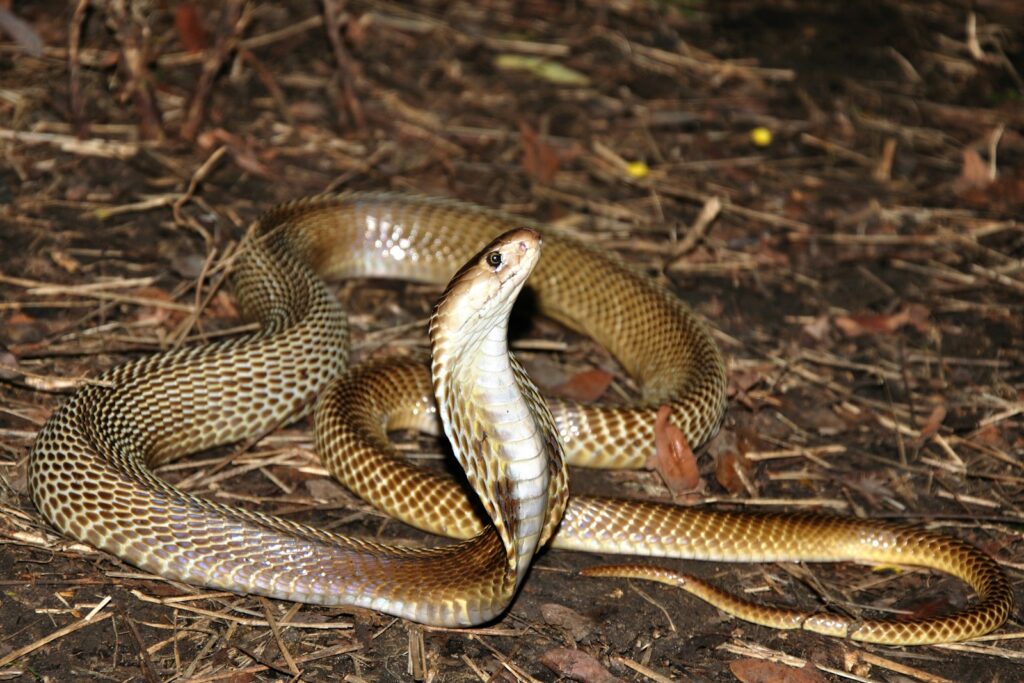
While many venomous snakes exhibit some degree of venom control, certain species demonstrate particularly advanced capabilities in this area. The spitting cobras of Africa and Asia have evolved remarkable precision in their venom delivery, capable of accurately spraying their venom at the eyes of threats from distances of up to eight feet. Rattlesnakes have been extensively studied for their ability to meter venom, with research showing they can deliver anything from dry bites to full venom loads depending on their assessment of the situation. Some vipers display extraordinary control, capable of delivering precisely measured amounts of venom when hunting different prey sizes, showing they can assess the target and adjust their venom expenditure accordingly. The king cobra, one of the most intelligent snake species, demonstrates sophisticated venom control that correlates with its advanced cognitive abilities compared to other snakes.
The Science Behind Dry Bites
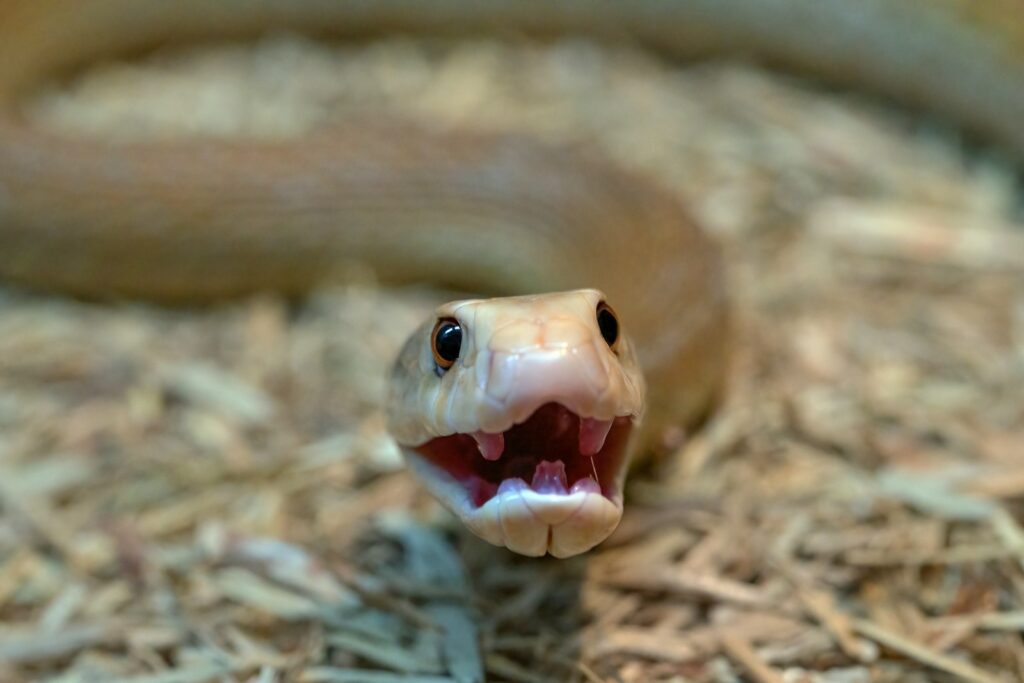
Dry bites represent one of the most intriguing manifestations of venom control in snakes, occurring when a snake deliberately chooses not to inject venom despite using its fangs. Studies indicate that between 20-25% of venomous snake bites to humans are dry bites, suggesting this is a common strategy employed when snakes feel threatened but don’t perceive a predatory opportunity. This phenomenon highlights the remarkable muscular control these reptiles possess over their venom glands and delivery apparatus, allowing them to puncture with their fangs while keeping the venom reservoirs sealed. Snakes appear to use dry bites as a warning system, essentially communicating to larger animals that could not be prey that they possess dangerous capabilities without wasting precious venom resources. The prevalence of dry bites also suggests that many snakes prefer non-venomous conflict resolution when possible, contrary to their often fearsome reputation.
Venom Composition and Adaptability
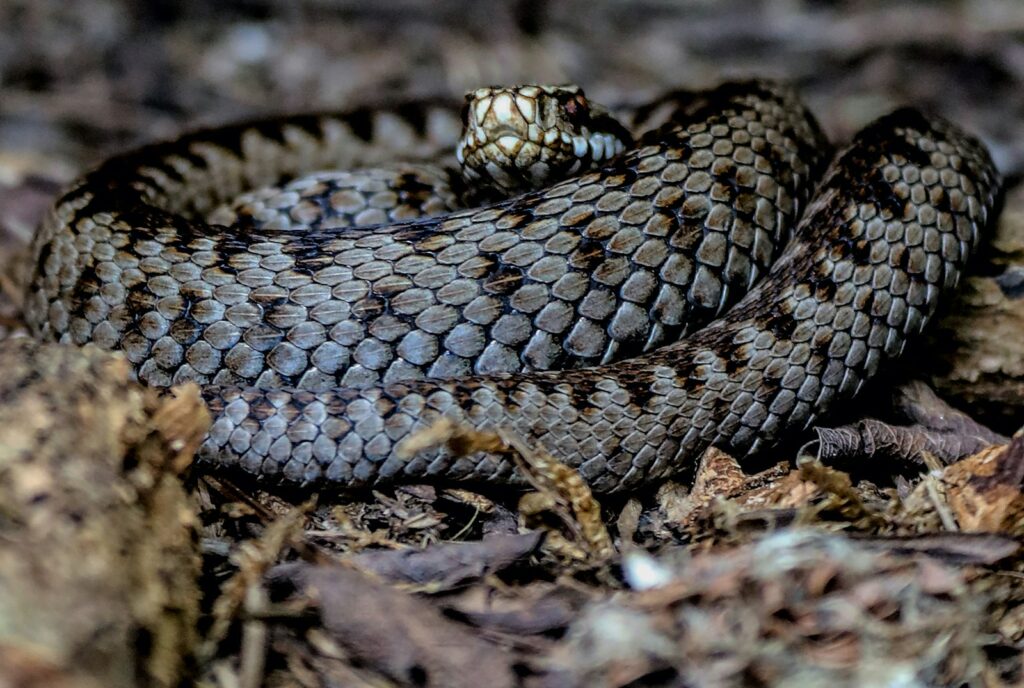
The chemical composition of snake venom itself plays a crucial role in how snakes can control their bite potency. Many venomous snakes possess complex venom consisting of dozens or even hundreds of different toxins and enzymes, each serving specific functions in immobilizing prey or deterring threats. Some research suggests that certain snake species can adjust not just the quantity but the specific composition of the venom they inject depending on the situation, essentially customizing their venom cocktail for particular targets. This adaptability extends to evolutionary timescales as well, with evidence showing that snake populations can shift their venom composition over generations in response to changing prey availability or resistance. The molecular complexity of snake venom represents one of nature’s most sophisticated biochemical adaptations, giving these animals remarkable flexibility in their hunting and defensive strategies.
Research Methodologies for Studying Venom Control
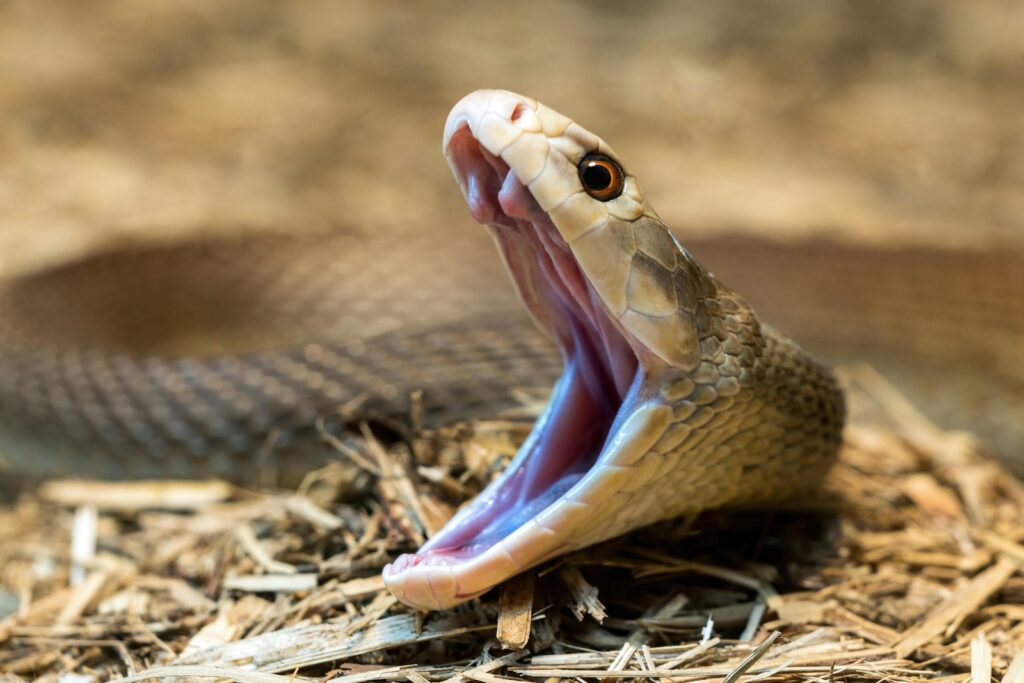
Scientists employ a range of sophisticated techniques to study the phenomenon of venom control in snakes. High-speed videography allows researchers to capture the precise movements of fangs and venom expulsion during strikes, revealing the mechanics behind controlled delivery. Pressure sensors and specialized collection devices measure the exact quantities of venom expelled during different types of bites, providing quantitative data on how snakes meter their venom. Electromyography techniques measure the electrical activity in the muscles surrounding venom glands, showing how snakes activate these muscles differently depending on the intended venom output. Additionally, comparative studies between laboratory and field observations help researchers understand how venom control manifests in natural settings versus controlled environments, ensuring that scientific understanding reflects real-world snake behavior.
The Role of Sensory Perception

A snake’s ability to control venom potency depends heavily on its sophisticated sensory systems that help it assess potential threats or prey. Heat-sensing pits found in vipers and pythons allow these snakes to detect the size and metabolic activity of nearby animals, providing crucial information that helps determine appropriate venom usage. Chemical receptors in the snake’s vomeronasal organ (Jacobson’s organ) analyze scent particles, helping distinguish between prey species and potentially informing venom allocation decisions. Some research suggests that vibration detection through the snake’s belly scales provides additional information about an animal’s weight and movement patterns, contributing to the assessment process. This multi-sensory integration creates a comprehensive picture of potential targets, allowing venomous snakes to make remarkably sophisticated decisions about when and how to deploy their venom resources.
Implications for Human Snake Bite Treatment

Understanding venom control mechanisms has significant implications for treating human snake bite victims. Medical protocols now recognize that symptoms and severity can vary dramatically between bites from the same species due to differences in venom quantity and composition injected, requiring more nuanced treatment approaches. Antivenom development has benefited from research into venom variability, with newer formulations designed to counter a broader spectrum of toxins that might be present in different envenomation scenarios. The recognition of dry bites has also influenced medical practice, with observation protocols developed to distinguish between non-venomous bites and those requiring immediate intervention, preventing unnecessary antivenom administration, which can itself cause adverse reactions. This knowledge has ultimately led to improved survival rates and better outcomes for snake bite victims worldwide, particularly in regions where venomous snake encounters are common.
Conservation Implications of Venom Research
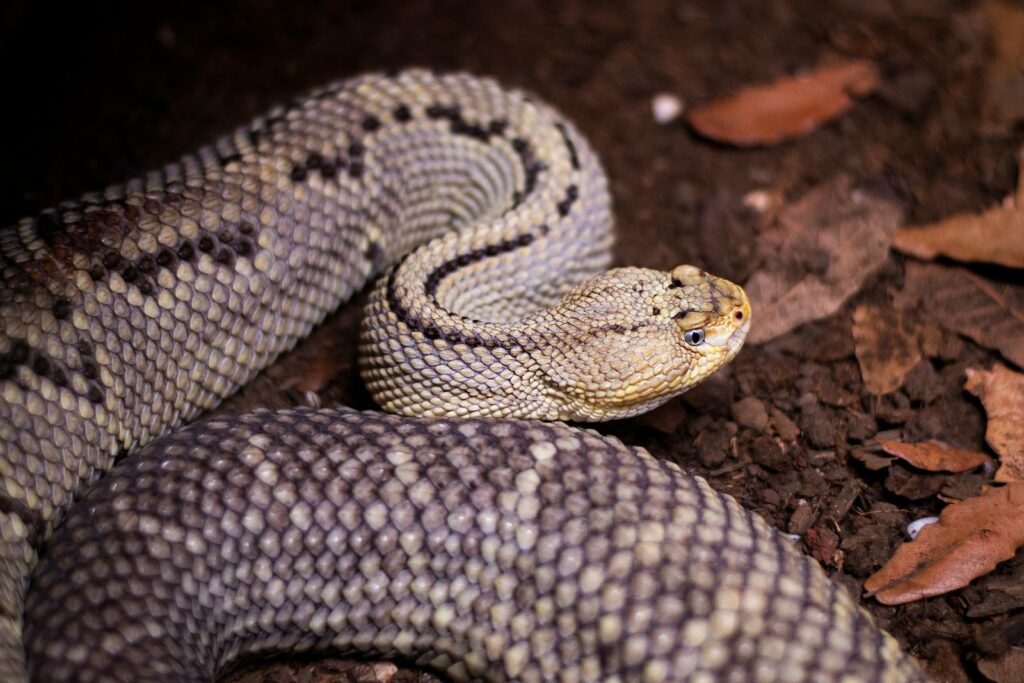
Research into snake venom control has yielded unexpected benefits for conservation efforts aimed at protecting these often misunderstood reptiles. By demonstrating that venomous snakes possess sophisticated control over their defensive responses, scientists have helped counter the perception that these animals are mindlessly aggressive, potentially reducing needless killing of snakes encountered in the wild. The medicinal value of components found in snake venom has created economic incentives for protecting snake species and their habitats, with compounds being developed into treatments for conditions ranging from hypertension to chronic pain. Additionally, understanding the ecological role of venomous snakes as predators with carefully controlled hunting strategies has highlighted their importance in maintaining healthy ecosystems and controlling rodent populations. These research insights have contributed to more effective conservation messaging that emphasizes the value and complexity of venomous snake species rather than focusing solely on their potential danger.
Future Directions in Venom Control Research
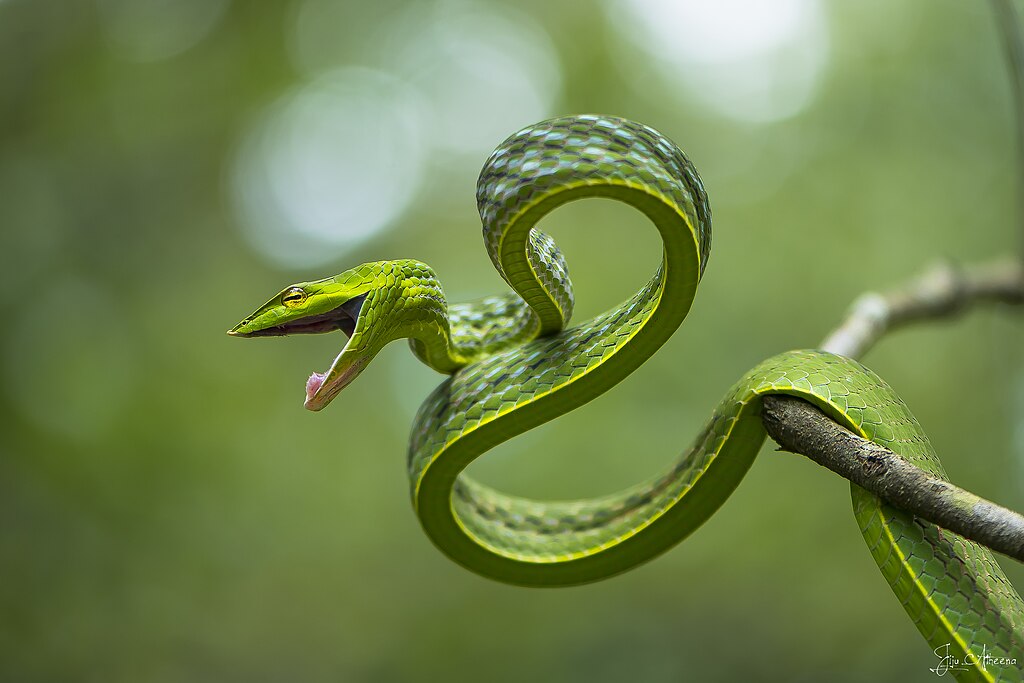
The field of venom control research continues to evolve with promising new directions that may revolutionize our understanding of these remarkable adaptations. Emerging genetic research is beginning to identify the specific genes responsible for venom production and control mechanisms, potentially revealing how these complex systems evolved over millions of years. Advanced imaging technologies now allow researchers to visualize the internal structures of venom glands and delivery systems in unprecedented detail, providing new insights into the physical mechanisms of venom control. Some scientists are exploring the neurological basis of venom metering decisions, investigating how snake brains process information to determine appropriate venom usage in different scenarios. As this research progresses, we may discover even more sophisticated control mechanisms and potentially apply these insights to develop new medical treatments or technologies inspired by the elegant solutions evolved by these remarkable reptiles.
The ability of certain venomous snakes to control the potency of their bites represents one of nature’s most sophisticated predatory adaptations. This remarkable capability allows them to conserve valuable venom resources, respond appropriately to different threats, and optimize their hunting efficiency in complex environments. As research techniques continue to advance, our understanding of these mechanisms deepens, revealing increasingly complex systems of muscular control, sensory integration, and decision-making processes that guide venom deployment. Beyond their scientific fascination, these discoveries have practical applications in improving snake bite treatment and conservation efforts. They also remind us that even creatures often feared or misunderstood possess extraordinary adaptations worthy of our respect and protection. The study of venom control not only illuminates the evolutionary marvels of the natural world but also offers valuable lessons in efficiency, resource management, and specialized adaptation that continue to inspire both scientific research and biomimetic technologies.

